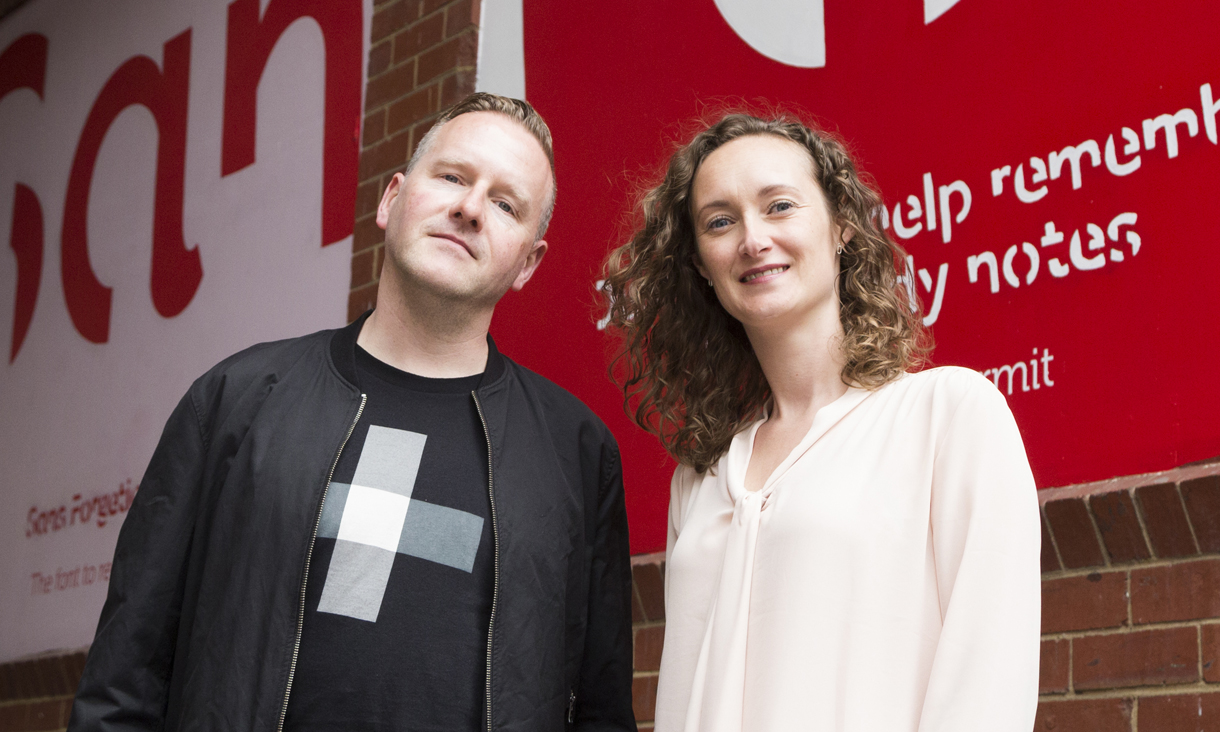RMIT success at Victorian Premier’s Design Awards
An innovative bi-directional hospital transfer chair that facilitates seamless attendant-facing transfers has won a Victorian Premier Design Award alongside recognition for a more than dozen RMIT-affiliated projects.
Design expert joins RMIT Europe
Professor Laurene Vaughan, a practising designer, researcher and educator, has joined RMIT’s European Innovation Hub in the role of Research Director.
Students embrace the dark side in Star Wars collaboration with Disney
RMIT vocational education students have embarked on an epic fashion journey with Disney, navigating real-world design challenges with Jedi-like focus.
Dr Christian Thompson AO appointed Adjunct Industry Associate Professor
RMIT University is thrilled to announce the appointment of Dr Christian Thompson AO as Adjunct Industry Associate Professor within its renowned School of Art and School of Fashion and Textiles.






